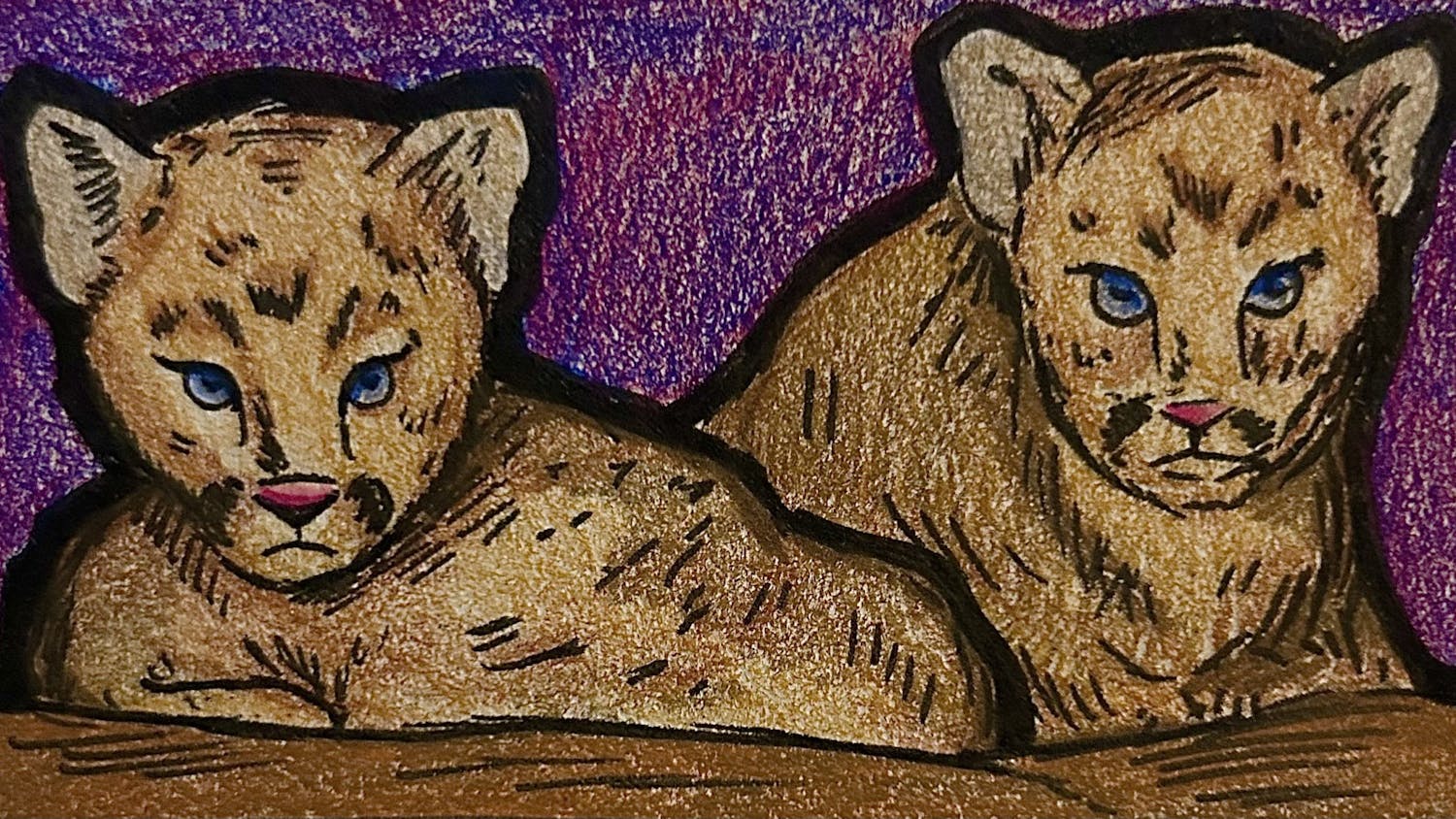It seems unlikely that anything would grow early in the Wisconsin spring, when the temperature is just as likely to be 20 degrees as it is 70. But if there's water, sunlight and access to nutrients … life finds a way.
In Wisconsin’s forests, that life is spring ephemerals, a photosynthetic guild that takes advantage of the open spring canopies despite the chilly temps.
A photosynthetic guild is a group of herbaceous plants that all leaf and flower around the same point of the growing season — spring ephemerals are the earliest, and perhaps most well known, but others include groups like early and late summer plants. Each guild has common adaptations suited to its growing season — spring ephemerals, for instance, are typically short and compact, in order to conserve resources to put into potential storage organs. They leaf early in spring to take advantage of the still-open canopy, which will in time become more densely shaded.
Spring ephemerals often have extensive relationships with mycorrhizal fungi in order to cope with the unfriendly conditions of early spring. The fungi allow for access to water and nutrients that would otherwise be locked away due to cold soil temperatures.
One of the most charismatic spring ephemerals is Dicentra cucullaria, Dutchman’s Breeches. The leaves are feathery and, like all ephemerals, they’ll grow close to the ground. The name comes from their characteristic flowers, which look like a pair of old-timey pantaloons hanging from the stems. Dutchman’s breeches are in the same family as bleeding hearts, which you’ll see in many gardens around Madison during the summer.
Dutchman's Breeches are related to poppies, well-known for their role in opium production. These little pants pack quite a punch too — cows that graze on them will often stumble around due to the plant’s narcotic and toxic secondary metabolites.
Another lovely ephemeral is Sanguinaria canadensis, Bloodroot. As they pop out of the soil, Bloodroot’s leaves will cling tightly to the stem, eventually unfurling into beautiful lobed leaves very similar in shape to fig leaves. The flowers are dainty, with white-purple petals and vibrant yellow stamens.
As the name suggests, S.canadensis’ roots are reddish-orange and leak a similarly coloured sap. Many Indigenous peoples used and use Bloodroot as a dye for textiles or baskets, though it can be dangerous to work with — the sap is poisonous, and certain extracts can be incredibly caustic.
Like many plants, Bloodroot’s seeds are spread by ants, who are attracted to a fleshy organ attached to the seed. The ants take the seeds and eat the fleshy part, leaving the seed protected in their nests until germination. This benefits both ant and plant; the ants get a tasty snack, and the plants get a nutrient-rich, safe place to store seeds.
The genus Trillium is also part of the spring ephemeral guild. There are many species of trillium, including the prairie trillium, giant trillium and many more. Trilliums grow from underground rhizomes — technically, they have no aboveground leaves, but the leaf-like bracts that surround the scape upon which the three-petaled flowers sit are arranged in a whorl, and often somewhat mottled. This mottling acts as a defense against herbivory — many ungulates, like deer, see in black and white, and the mottled leaves are difficult to distinguish from the leaf litter on the forest floor.
Many hopeful Wisconsinites will try to plant trilliums in their own yards by transplanting specimens from the wild, but the trilliums rely on their below-ground rhizomes and do not survive when transplanted.
If you’d like to see some spring ephemerals, you’re in luck — this year’s late spring means that the ephemerals are just now beginning to bloom. The UW-Madison Arboretum is a great place to go ephemeral-hunting; the trails in Gallistel especially are lined by little green shoots. If you do go out, stay on the trails. Ephemerals are delicate and short-lived, and a single footstep can easily damage them.






